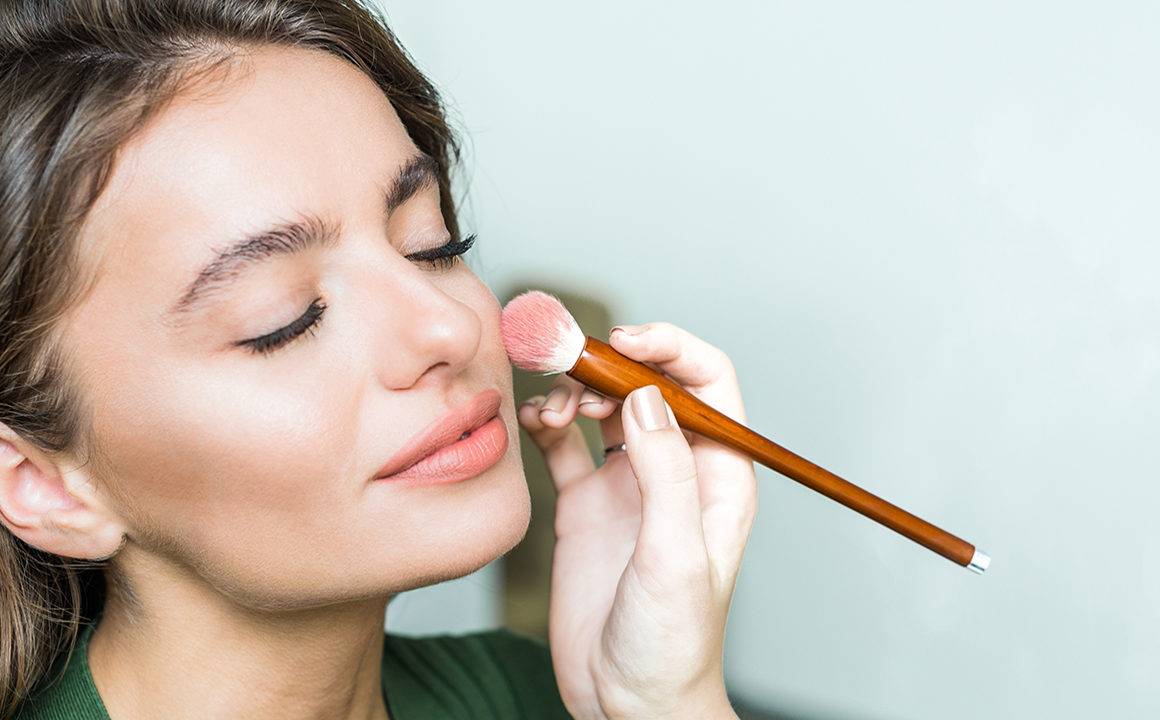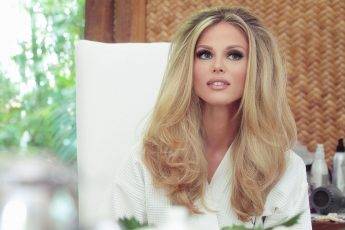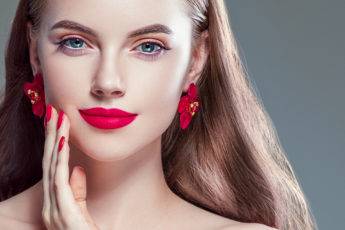A Glossary of Clean Beauty Terms for Newbies

Those who hear the phrase “clean beauty” for the first time might be inclined to think: it sounds good, but what does it mean? First popularized by Gwyneth Paltrow’s lifestyle brand Goop, the term has since been co-opted by the beauty industry at large and is now a mainstream category catering to a steadily growing set of more conscious consumers.
By being free of toxic chemicals, clean beauty products are deemed safe for people and the planet. Read on for our newbie’s guide to the clean beauty movement:
Breaking Down the Buzzwords
Since clean beauty exploded in popularity in the last couple of years, brands have flooded shelves with products labeled “all-natural”, “organic”, “100% vegan”, and so on. However, while these terms might seem analogous to “clean”, not all of them truly qualify. To help you understand the nuances, we’ve put together a glossary of some of the most common buzzwords you’ll see:
Clean
While brands can mean different things when they use the word “clean”, in general, it is used for products that do not contain any toxic ingredients that could have detrimental effects on humans or the environment.
Vegan
Vegan beauty products do not contain any ingredients sourced from animals or animal by-products. Many clean beauty products can be non-vegan; they’ll contain non-toxic ingredients such as beeswax and honey from bees, or lanolin and tallow from sheep and cows. Cruelty-free vegan makeup brands are usually very transparent about their sourcing and manufacturing processes, so it’s easy to inform yourself before buying.
Cruelty-free
Cruelty-free products have not been tested on animals at any point during the manufacturing process. The term is also used for products that may contain animal-derived ingredients, but those ingredients have not been obtained at the cost of that animal’s well-being. Some beauty products may be classified as cruelty-free but are not vegan, and vice versa.
Green
“Green” is an umbrella term that can mean many different things in the beauty industry. It usually refers to products that are not harmful to the environment. However, just because a product is labeled green does not automatically mean that it has been manufactured or packaged in an eco-friendly way. Consumers would do well to scrutinize the labels of green beauty products thoroughly to determine just how green they are.
Organic
The mainstream definition of “organic” refers to ingredients that have been grown and processed without chemical pesticides, fertilizers, and genetically modified organisms or GMOs. The easiest way to determine if a beauty product is genuinely organic is to check if it bears an official USDA Organic Seal. To obtain this certification, products should at least be 95% organic and adhere to the department’s manufacturing and handling standards.
Sustainable
Sustainable products refer to ones that do not cause harm to the environment before, during, and after they’re used. They are sourced and manufactured using environment-friendly methods and will not pollute the planet when they are washed off or removed. They also utilize no-waste or biodegradable packaging.
Ignore These Ingredients!
Cleaning up your beauty routine also means taking a look at the products you already own and tossing out the ones that contain ingredients that are no good for you or the earth. A majority of these inevitably end up polluting the oceans, disrupting aquatic ecosystems and harming marine life.
Parabens
Parabens act as chemical preservatives and antimicrobial agents to keep your personal care products shelf-stable. It is so prevalently used that traces of parabens can be found even in remote marine locations. Furthermore, studies show that they can disrupt hormone function, which can lead to issues in the reproductive system or breast cancer.
Phthalates
In the beauty industry, phthalates are chemical ingredients primarily used to make fragrances last longer. However, these compounds are not easily broken down, even after wastewater treatment processes. They end up contaminating waterways and accumulating in the tissues of fish and other forms of aquatic wildlife. Phthalates, like parabens, have also been linked to hormonal and reproductive disorders in humans. They have already been banned from cosmetics in the EU.
Triclosan
Triclosan is an active antimicrobial ingredient that is used in everything from toothpaste to foot powders. It’s potent enough to change the biochemistry of marine life forms, including aquatic plants, fish and amphibians. Certain studies show that it may even be helping bacteria become more resistant to antibiotics.
Chemical Sunscreens
Sunscreen products that contain the chemical UV filters oxybenzone and octinoxate will be banned from sale in Hawaii starting in 2021. The state has found these active ingredients to be toxic to aquatic animals and can also inhibit the growth of coral and algae. They are also known endocrine disruptors that can affect normal hormone production when ingested or absorbed through the skin.
Shifting to clean beauty can be intimidating at first, but it can be the best decision you make for yourself and our planet. Start by finding cleaner alternatives for your beauty staples and go from there!
Share via:





Leave a Comment